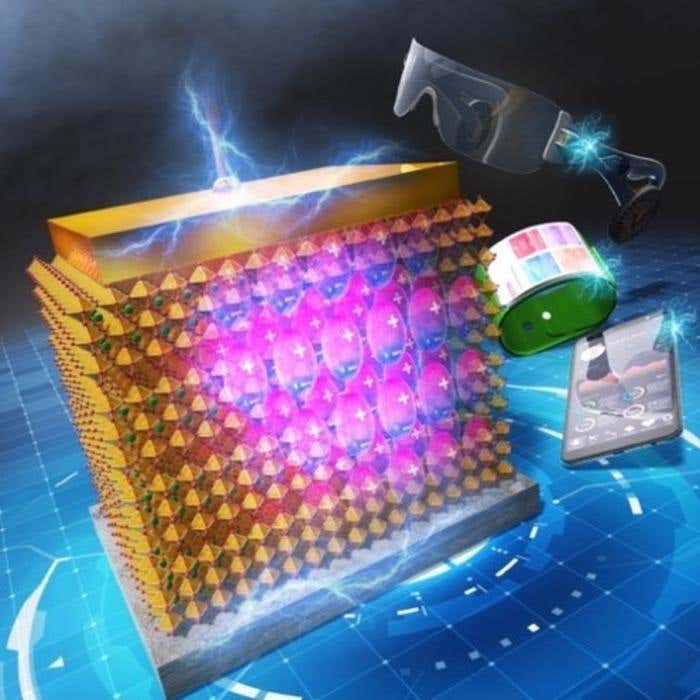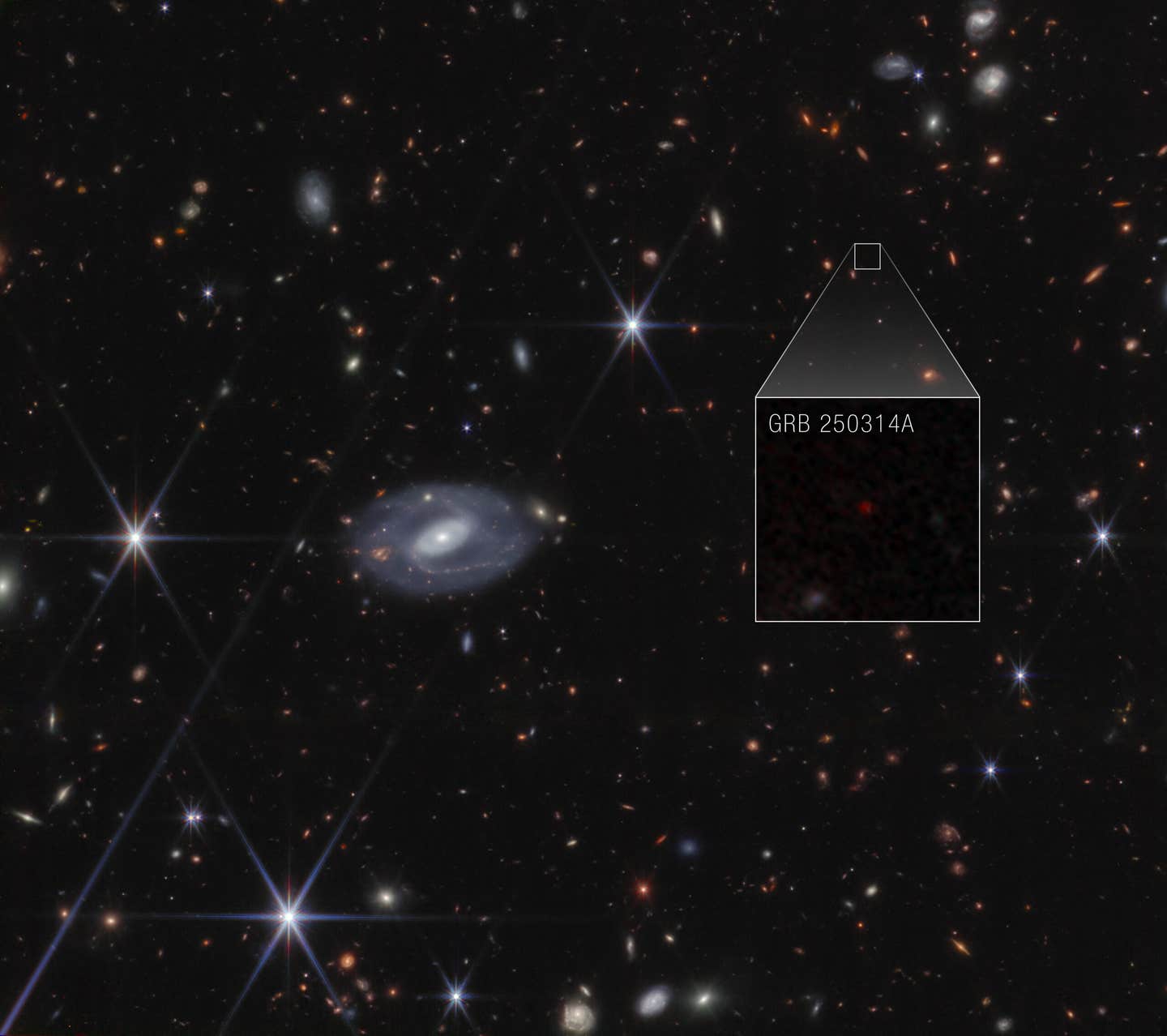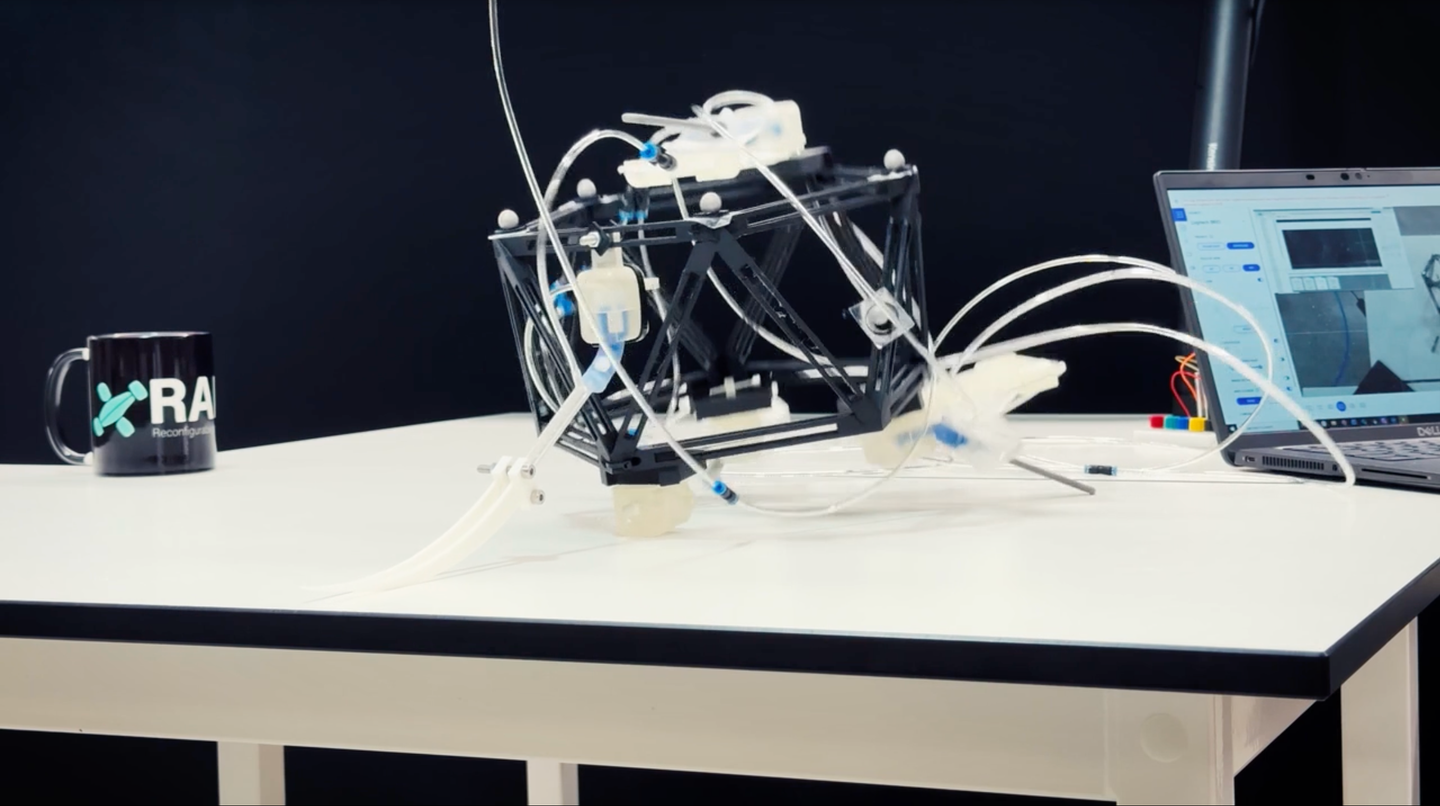Nanosheet device is a leap forward for renewable energy and electric vehicles
Their groundbreaking research created a nanosheet device heralded as having the highest energy storage performance ever documented.

[Aug. 2, 2023: Staff Writer, The Brighter Side of News]
Ultrahigh Energy Storage in 2D High-κ Perovskites. (CREDIT: Minoru Osada, Nagoya University)
As the world hurtles toward a cleaner, greener future, efficient and innovative energy storage solutions remain at the forefront of the scientific agenda. An international collaboration, led by Professor Minoru Osada at Nagoya University's Institute for Materials and Systems for Sustainability (IMaSS) in Japan, in tandem with the National Institute for Materials Science (NIMS), may have cracked the code.
Their groundbreaking research created a nanosheet device heralded as having the highest energy storage performance ever documented.
Published in the esteemed journal Nano Letters, these findings may be a game-changer in the energy sector. As the necessity of renewable energy integration and electric vehicle mass production accelerates, current storage technologies present limiting factors.
The globally familiar lithium-ion batteries, while revolutionary in their time, now show cracks in their facade — from prolonged charging times to challenges like electrolyte degradation, reduced lifespan, and the occasional, dangerous unwanted ignition.
Related Stories
Professor Osada's group pivoted to a potentially superior alternative: dielectric energy storage capacitors. “The dielectric capacitors have many advantages, such as a short charging time of only a few seconds, long life, and high power density,” Osada explains.
Yet, the energy density of present-day dielectrics is not robust enough to quench the global thirst for electric power. Amplifying this energy density could allow these capacitors to challenge, or even eclipse, existing energy storage solutions.
Understanding the mechanism behind these capacitors is essential. Picture a sandwich-like structure with two metal electrodes. Between these electrodes lies a solid dielectric film – a material adept at storing energy through a phenomenon called polarization. This mechanism involves the movement and alignment of charges within the dielectric when subjected to an external electric field, storing energy in the process.
Dielectric capacitors have greater power densities than batteries, and, unlike batteries, they do not utilize chemical reactions during cycling. (CREDIT: ACS Publications)
Historically, enhancing energy storage in dielectric capacitors boiled down to a simple formula: expose a high dielectric constant material to the highest possible electric field. The limitation? Existing materials simply couldn’t handle the intensity of the required electric fields.
This is where the genius of the Osada-led group comes to play. Venturing into the territory of the unconventional, researchers employed nanosheets constructed from calcium, sodium, niobium, and oxygen, all structured into a perovskite crystal matrix.
Fabrication procedure for nanosheet capacitors. (a) Structure of layered perovskite (KCa2Nb3O10). (b) Structure of Ca2Nb3O10 nanosheet. (c) LB process for the fabrication of a monolayer film. (d) Monolayer film of Ca2Nb3O10 nanosheets on a SrRuO3 substrate. (e) Multilayer fabrication by repeated depositions. (f) Fabrication of Au top electrodes to form a nanocapacitor. (CREDIT: ACS Publications)
“The perovskite structure is renowned for its optimal configuration for ferroelectrics. It boasts superior dielectric properties like high polarization,” Osada states, emphasizing its prowess. “With this, a potent electric field can be applied to dielectric materials. This is transformed into electrostatic energy without loss, leading to unparalleled energy density."
The study's results are nothing short of awe-inspiring. Dielectric capacitors fortified with these nanosheets showcased energy densities skyrocketing to levels 1-2 orders of magnitude superior than traditional models. Furthermore, this heightened energy density didn't just flash brilliantly once and dim. It sustained its brilliance through repetitive usage cycles and showcased resilience even at scorching temperatures up to 300°C.
Osada envisions a bright future for this technology: “This monumental success offers fresh design blueprints for dielectric capacitor development. The prospect is tantalizing - all-solid-state energy storage devices leveraging the unique attributes of nanosheets.”
These nanosheet attributes, such as immense energy and power density, rapid charging capabilities, extended lifespan, and high-temperature stability, aren’t just limited to theory. They bear practical implications that could revolutionize sectors far beyond consumer electronics.
As Osada elaborates, “Dielectric capacitors can discharge stored energy in a fleeting moment, producing a formidable pulsed voltage or current. This makes them invaluable for pulsed-discharge and power electronic applications. From hybrid electric vehicles to high-power accelerators and microwave devices, the applications are limitless."
In an era defined by rapid technological advancements and an urgent call for sustainable solutions, innovations like this nanosheet device aren't just a scientific triumph; they are hope incarnate. As Professor Osada and his team continue to push the boundaries of what's possible, the future of energy storage looks brighter and more promising than ever before.
For more science and technology news stories check out our New Innovations section at The Brighter Side of News.
Note: Materials provided above by The Brighter Side of News. Content may be edited for style and length.
Like these kind of feel good stories? Get the Brighter Side of News' newsletter.



